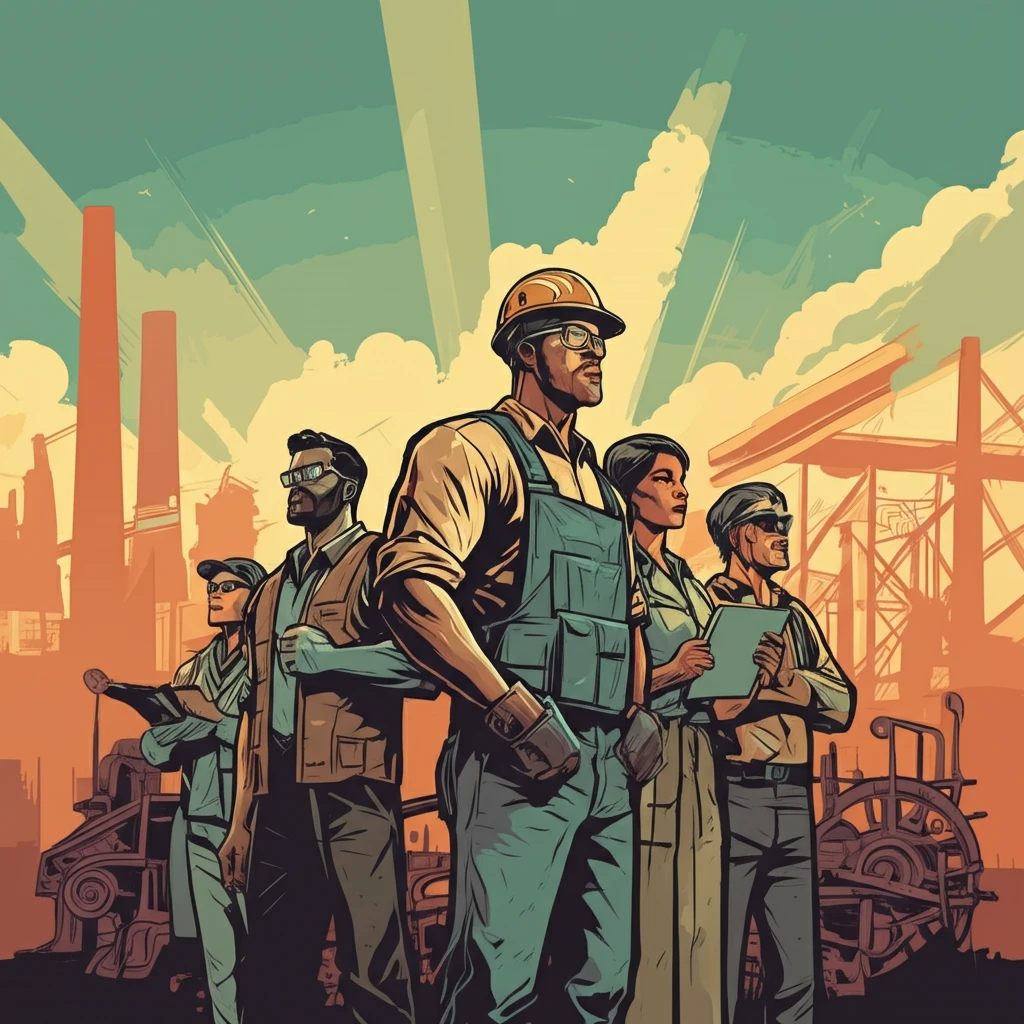
The Forgotten Lessons of the New Deal: Can They Save Today's Workers?
"Explore how the New Deal's focus on collective bargaining and worker empowerment offers vital strategies for today's economy and workforce challenges."
In an era marked by economic uncertainty and shifting job markets, it's vital to look back at historical turning points for insights. The New Deal, a series of programs and reforms enacted in the United States during the 1930s in response to the Great Depression, offers valuable lessons for today's challenges. While often remembered for its large-scale public works projects, the New Deal's most profound impact may have been its approach to labor and worker rights.
Flávio Limoncic's book, Os inventores do New Deal: Estado e sindicatos no combate à Grande Depressão (The Inventors of the New Deal: State and Unions in the Fight Against the Great Depression), examines this critical period, focusing on the role of the state and labor unions in reshaping the American economy. Limoncic’s work dives deep into how collective bargaining and state intervention transformed the lives of American workers, setting precedents that continue to resonate today.
By understanding the policies and ideologies that shaped the New Deal, we can gain new perspectives on current debates about income inequality, job security, and the role of government in the economy. This article explores the key themes of Limoncic's analysis, connecting the historical context of the New Deal to the pressing issues facing today's workforce.
The Rise of Collective Bargaining Under Roosevelt

The heart of Limoncic's argument lies in the promotion of collective bargaining during Franklin D. Roosevelt's presidency (1933-1945). This period marked a significant shift in the relationship between workers, employers, and the government. The New Deal sought to empower workers by encouraging them to organize and negotiate collectively, a stark contrast to the prevailing individual contracts that left workers vulnerable to exploitation.
- Empowerment of Workers: Collective bargaining gave workers a stronger voice in negotiating wages, benefits, and working conditions.
- Regulation of Industries: The NIRA aimed to stabilize industries by preventing wage cuts and promoting fair competition.
- Shift in Government Role: The New Deal redefined the government's role in the economy, establishing it as a mediator between labor and capital.
- Foundation for Future Legislation: The principles of the NIRA paved the way for subsequent labor laws, such as the National Labor Relations Act.
Lessons for Today
As we navigate the complexities of the 21st-century economy, the lessons of the New Deal remain remarkably relevant. The rise of the gig economy, the decline of traditional job security, and the growing gap between the wealthy and the working class echo the challenges of the 1930s. By revisiting the policies and principles of the New Deal, we can gain valuable insights into how to create a more just and equitable economy for all. The question remains: can we learn from history to build a better future for today's workers?
